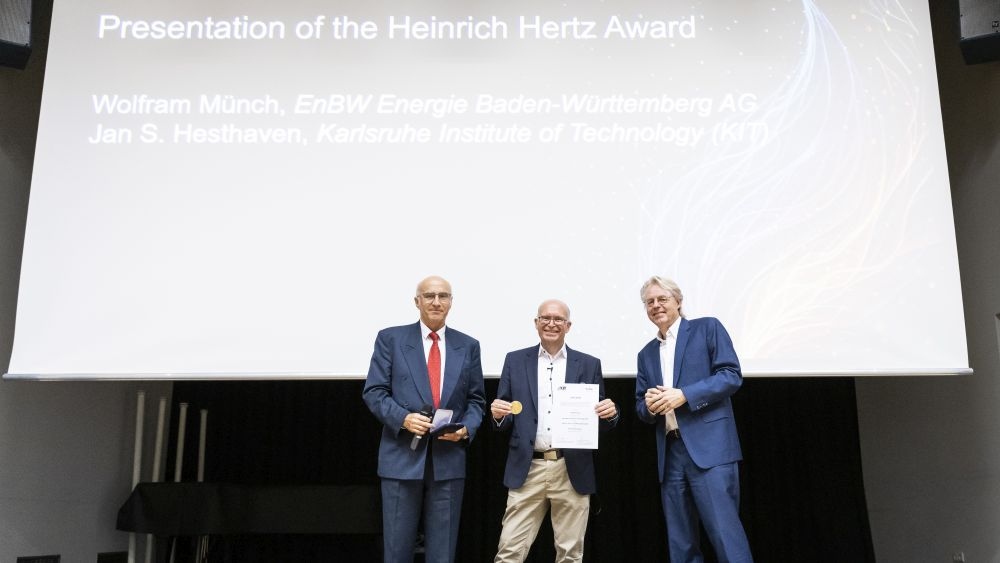
EnBW-Stiftung und KIT ehren den Spitzenforscher für Beiträge zur nachhaltigen Energieversorgung
Mehr erfahren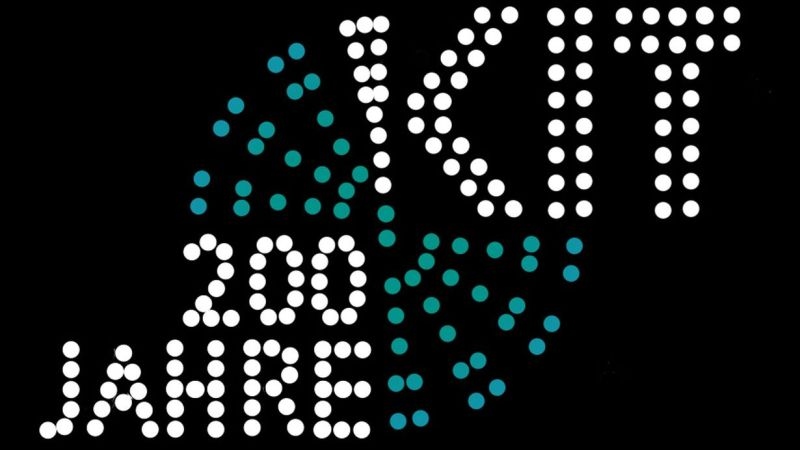
Feierlichkeiten zum 200-jährigen Bestehen gehen weiter – „KIT Skylights“ zelebriert die Innovationskraft des KIT – Erstmals Show mit Lichtdrohnen in Karlsruhe zu sehen
Mehr erfahren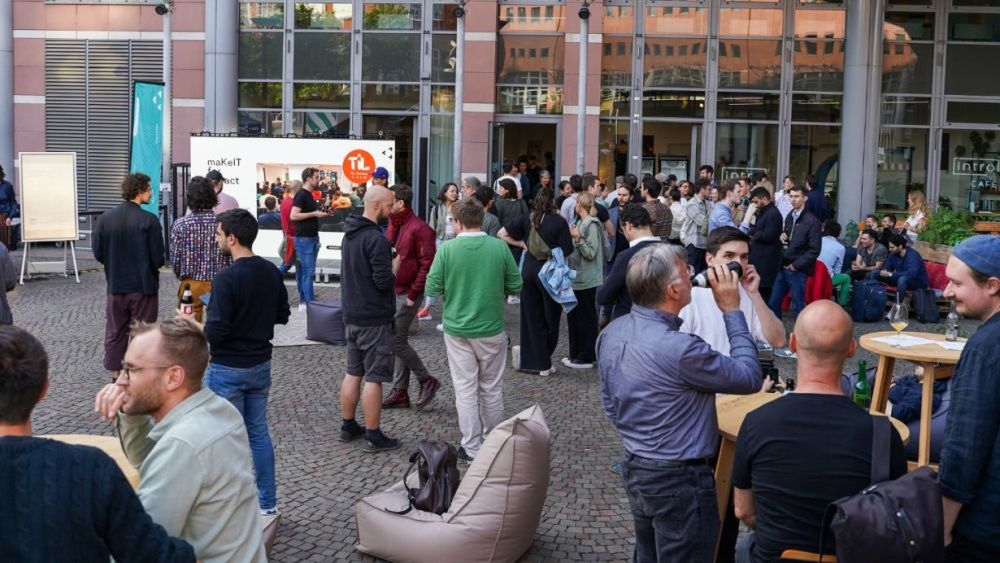
Eine Woche voller Fragen und Antworten rund um die Themen Technologietransfer, Innovation, Gründung mit Diskussionen, Vorträgen, Workshops, Open Air Kino und vielem mehr
Mehr erfahren
Im QS World University Ranking belegt das KIT Platz 98 – Verbesserungen bei Nachhaltigkeit und internationaler Forschung
Mehr erfahren
KIT setzt sich für Vielfalt ein – Wissenschaft lebt von Austausch und Toleranz.
Mehr erfahren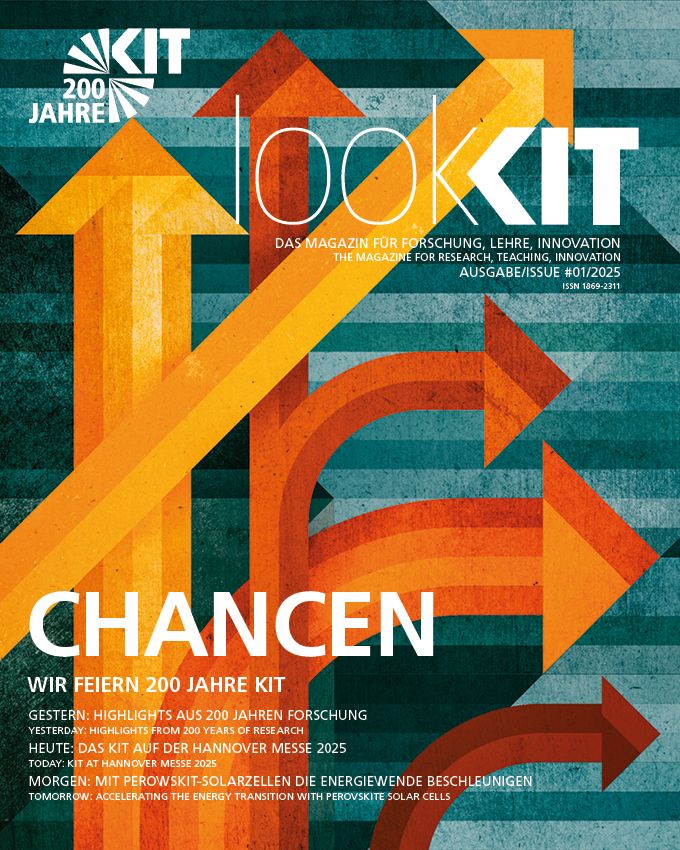
Die aktuelle Ausgabe von lookKIT über unzählige große und kleine Chancen.
Mehr erfahren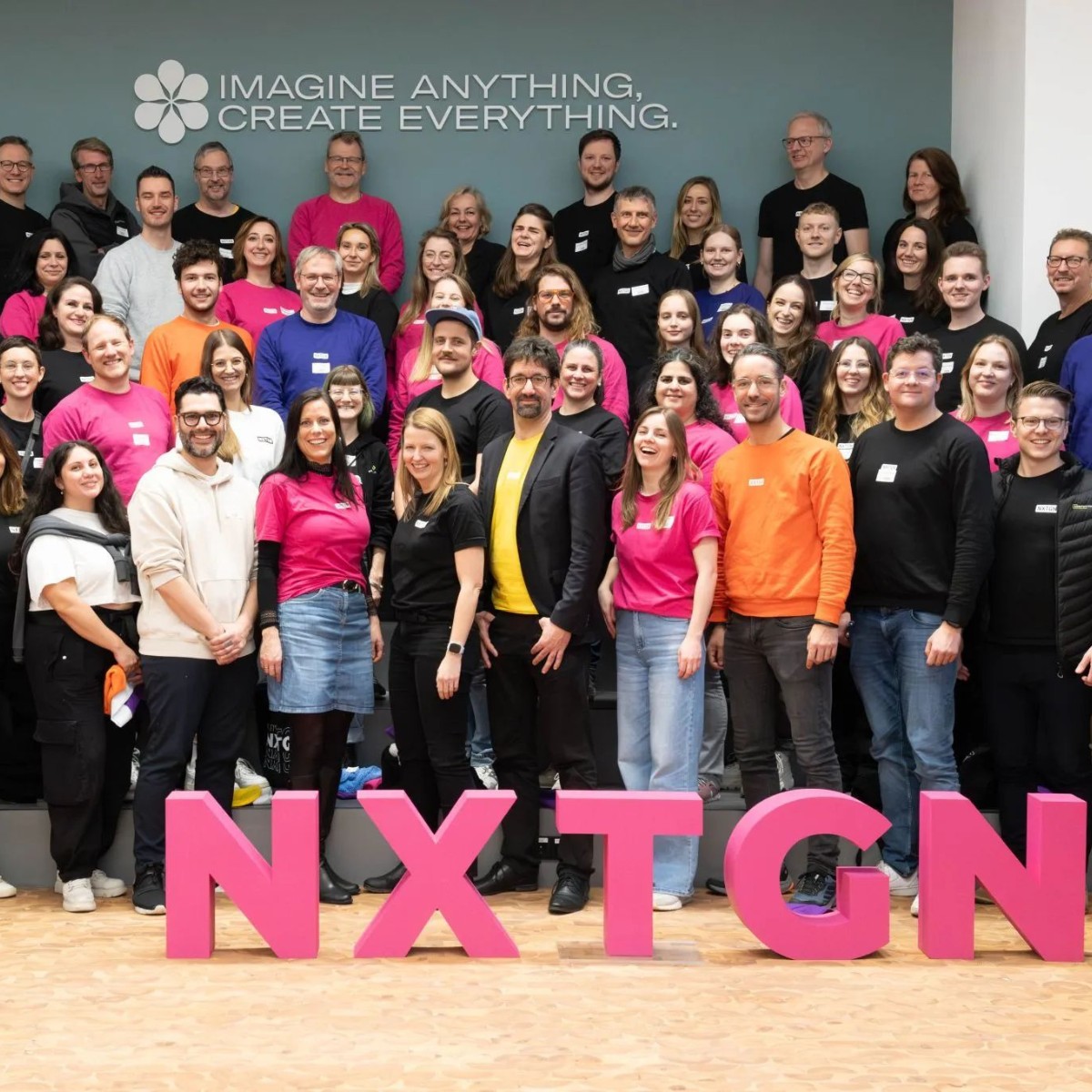
Wir bewerben uns beim Leuchtturmwettbewerb.
Mehr erfahren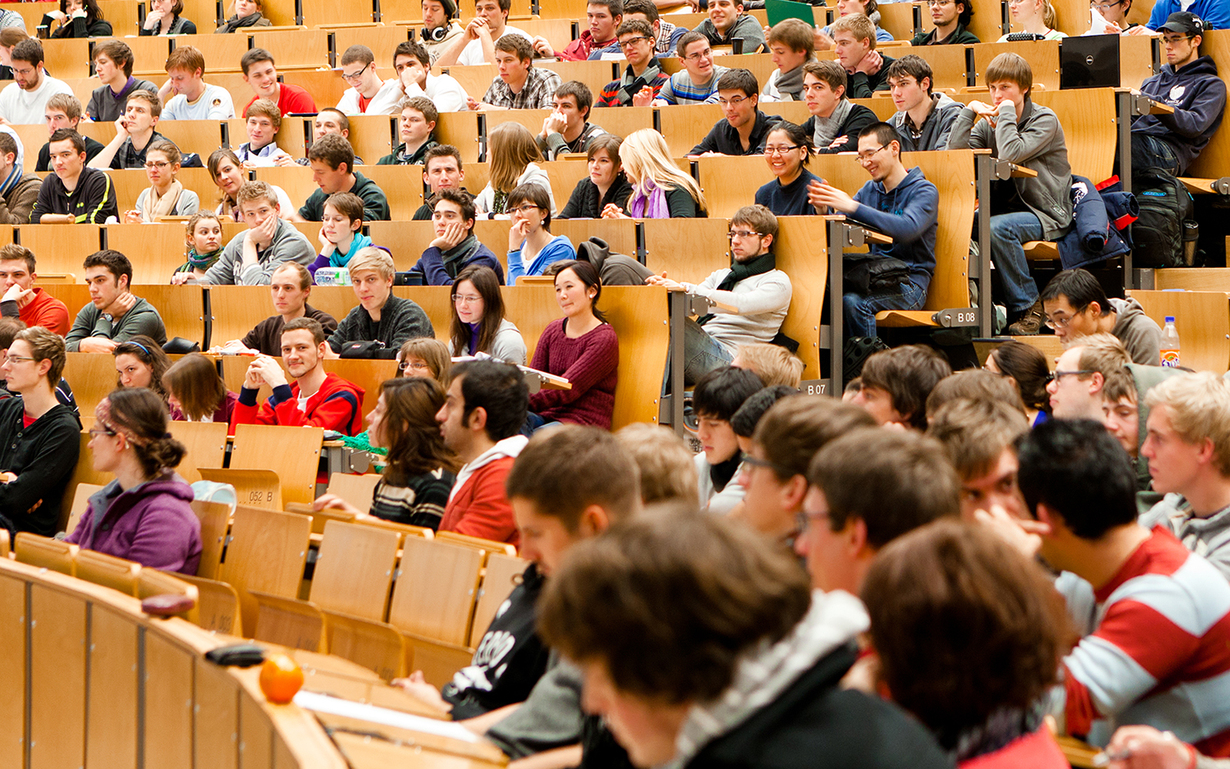
Über 100 Studiengänge in Natur- und Ingenieurwissenschaften, Wirtschaftswissenschaften, Geistes- und Sozialwissenschaften sowie im Lehramt.
Mehr erfahrenAls Exzellenzuniversität stärkt das KIT seine Spitzenforschung, pflegt den intensiven Dialog mit der Gesellschaft und bietet verlässliche Karrierewege.
Forschungsuniversität in der Helmholtz-Gemeinschaft
Das KIT verbindet als einzige deutsche Exzellenzuniversität lange universitäre Tradition mit nationaler Großforschung.



